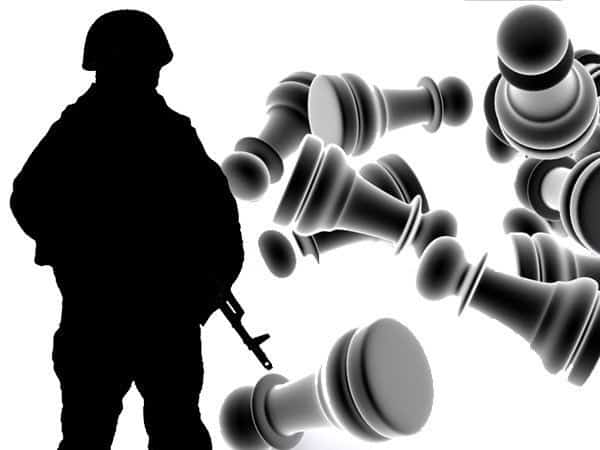Estonia`s defense minister said on Thursday that Russia may use large-scale military exercises to move thousands of troops permanently into Belarus later this year in a warning to NATO, according to Reuters.
Russia and Belarus aim to hold joint war games in September that some North Atlantic Treaty Organisation allies believe could number more than 100,000 troops and involve nuclear weapons training, the biggest such exercise since 2013, Reuters said.
Defence Minister Margus Tsahkna said Estonia and other NATO governments had intelligence suggesting Moscow may leave Russian soldiers in Belarus once the so-called Zapad 2017 exercises are over, also pointing to public data of Russian railway traffic to Belarus.
Tsahkna cited plans to send 4,000 railway carriages to Belarus to transport Russian troops and gear there, possibly to set up a military outpost in its closest ally.
”For Russian troops going to Belarus, it is a one-way ticket,” Tsahkna told Reuters in an interview in Malta.
”This is not my personal opinion, we are analyzing very deeply how Russia is preparing for the Zapad exercises,” he said before a meeting of EU defense ministers.
Russia`s Defence Ministry did not immediately reply to a Reuters request for comment on the subject.
Moscow denies any plans to threaten NATO and says it is the U.S.-led alliance that is risking stability in eastern Europe. The Kremlin has not said how many troops will take part in Zapad 2017.
”We see what they are doing on the other side of the EU-NATO border. Troops may remain there after Zapad,” Tsahkna said, saying that Tallinn had shared its concerns with Baltic and NATO allies.
He put the number of potential troops in the thousands.
Such a move could see Russian troops on the border with Poland, Lithuania and Latvia just as the U.S.-led NATO alliance stations multinational battalions in the Baltic region in response to Russia`s 2014 annexation of Ukraine`s Crimea.
The scale of this year`s Zapad exercises, which date from Soviet times when they were first used to test new weapon systems, is one of NATO`s most pressing concerns, as diplomats say the war games are no simple military drill.
Previous large-scale exercises in 2013 employed special forces training, longer-range missiles and unmanned aerial vehicles that were later used in Russia`s annexation of Crimea, its support for separatists in eastern Ukraine and in its intervention in Syria, NATO diplomats said.
Russia, bridling at NATO`s expansion eastwards into its old Soviet sphere of influence, says its exercises are a response to NATO`s 4,000-strong new deterrent force in the Baltics and Poland that will begin to rotate through the region from June.



